How To Use Polarising Filters ?
Polarizing filters are used in photography to reduce glare and reflections, as well as to enhance colors and contrast. To use a polarizing filter, you need to attach it to the front of your camera lens. Rotate the filter until you achieve the desired effect. By rotating the filter, you can control the amount of polarization and adjust the intensity of the effect. It is important to note that polarizing filters work best when the light source is at a 90-degree angle to the subject. Experiment with different angles and settings to achieve the desired outcome.
1、 Understanding Polarisation: Principles and Concepts
Understanding Polarisation: Principles and Concepts
Polarising filters are essential tools for photographers and videographers to control and manipulate light in their images. These filters work by selectively blocking certain polarised light waves, allowing only light waves vibrating in a specific direction to pass through. This results in reduced glare, enhanced color saturation, and improved contrast in photographs.
To use polarising filters effectively, follow these steps:
1. Choose the right filter: Polarising filters come in two types - linear and circular. Circular polarising filters are recommended for modern digital cameras as they work better with autofocus and metering systems.
2. Attach the filter: Screw the filter onto the front of your camera lens. Ensure it is securely attached and aligned correctly.
3. Adjust the filter orientation: Rotate the filter while looking through the camera's viewfinder or LCD screen. Observe the changes in the scene as you rotate the filter. The maximum polarising effect is achieved when the filter is perpendicular to the light source.
4. Control reflections: Polarising filters are particularly useful for reducing reflections from non-metallic surfaces such as water, glass, and foliage. By rotating the filter, you can eliminate or minimize unwanted reflections, revealing the true colors and details of the subject.
5. Enhance sky and clouds: Rotating the filter can deepen the blue color of the sky and make clouds stand out more prominently. Experiment with different angles to achieve the desired effect.
6. Experiment with different subjects: Polarising filters can also be used to enhance colors and reduce glare in various outdoor scenes, such as landscapes, architecture, and portraits. Explore different scenarios to understand the filter's impact on different subjects.
It is important to note that polarising filters can reduce the amount of light entering the camera, so adjustments to exposure settings may be necessary. Additionally, the effectiveness of polarising filters can vary depending on the angle of the light source and the subject's position relative to the camera.
In recent years, advancements in post-processing software have allowed photographers to simulate the effects of polarising filters during editing. However, using an actual polarising filter during capture remains the most effective way to achieve optimal results, as it allows for precise control and immediate feedback.
Understanding how to use polarising filters effectively can greatly enhance the quality of your photographs, providing you with greater creative control over light and reflections. Experimentation and practice will help you master the art of polarisation and unlock the full potential of your images.
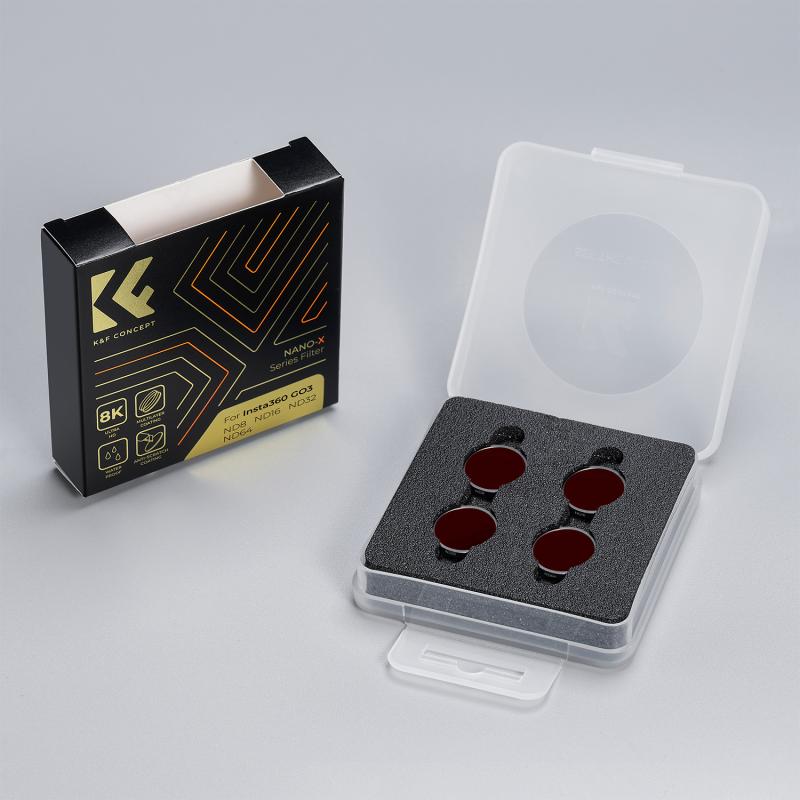
2、 Types of Polarising Filters: Circular vs. Linear
Types of Polarising Filters: Circular vs. Linear
Polarising filters are a valuable tool for photographers and videographers to control and manipulate light. They help reduce glare, enhance colors, and improve overall image quality. There are two main types of polarising filters: circular and linear.
Circular polarising filters (CPL) are the most commonly used type in modern photography. They work by selectively blocking certain polarised light waves, reducing reflections and increasing color saturation. CPL filters are designed to be used with autofocus cameras and digital sensors, as they do not interfere with the camera's internal metering and autofocus systems. They are also easier to use since they can be rotated to adjust the amount of polarization desired.
Linear polarising filters (LP) are older technology and are primarily used with manual focus cameras and older film cameras. They work in a similar way to CPL filters, but they can interfere with the autofocus and metering systems of modern cameras. LP filters are not as widely available as CPL filters, and their use is becoming less common.
It is important to note that the latest point of view suggests that circular polarising filters are the preferred choice for most photographers, especially those using digital cameras. They offer more versatility and compatibility with modern camera systems. However, if you are using an older camera or shooting with manual focus, a linear polarising filter may still be suitable.
To use a polarising filter, simply attach it to the front of your camera lens and rotate it until you achieve the desired effect. You can experiment with different angles to control the amount of polarization and reduce reflections. Keep in mind that polarising filters work best when the light source is at a 90-degree angle to the subject, so adjust your position accordingly.
In conclusion, polarising filters are a valuable tool for photographers and videographers to control light and enhance image quality. Circular polarising filters are the preferred choice for most modern camera systems, while linear polarising filters are better suited for older cameras. Experiment with different angles and positions to achieve the desired effect and make your images stand out.

3、 Mounting and Attaching Polarising Filters to Camera Lenses
Mounting and Attaching Polarising Filters to Camera Lenses
Polarising filters are essential tools for photographers looking to enhance their images by reducing glare and reflections, boosting color saturation, and improving overall image quality. Here is a step-by-step guide on how to use polarising filters effectively:
1. Choose the right filter size: Polarising filters come in various sizes, so ensure you select one that matches the diameter of your camera lens. This information can usually be found on the front of the lens or in the camera's manual.
2. Screw the filter onto the lens: Once you have the correct filter size, simply screw it onto the front of your camera lens. Make sure it is securely attached to prevent any accidental damage or loss.
3. Adjust the filter orientation: Polarising filters work by blocking certain light waves, so it's crucial to adjust their orientation to achieve the desired effect. Rotate the filter while looking through the camera's viewfinder or LCD screen until you see the desired reduction in glare or reflection.
4. Experiment with different angles: Depending on the subject and lighting conditions, the optimal filter orientation may vary. Take the time to experiment with different angles to find the most pleasing effect for your specific shot.
5. Be mindful of the impact on exposure: Polarising filters can reduce the amount of light entering the camera, so be aware that using them may require adjustments to your exposure settings. Keep an eye on your camera's light meter and make necessary changes to maintain proper exposure.
In recent years, advancements in digital post-processing have allowed photographers to replicate some polarising filter effects in software. However, using an actual polarising filter during the shooting process still offers distinct advantages. It allows you to see the effect in real-time, reduces the need for excessive editing, and can produce more natural and vibrant results.
Remember, practice is key to mastering the use of polarising filters. Experiment with different subjects and lighting conditions to fully understand their capabilities and unleash their potential in your photography.
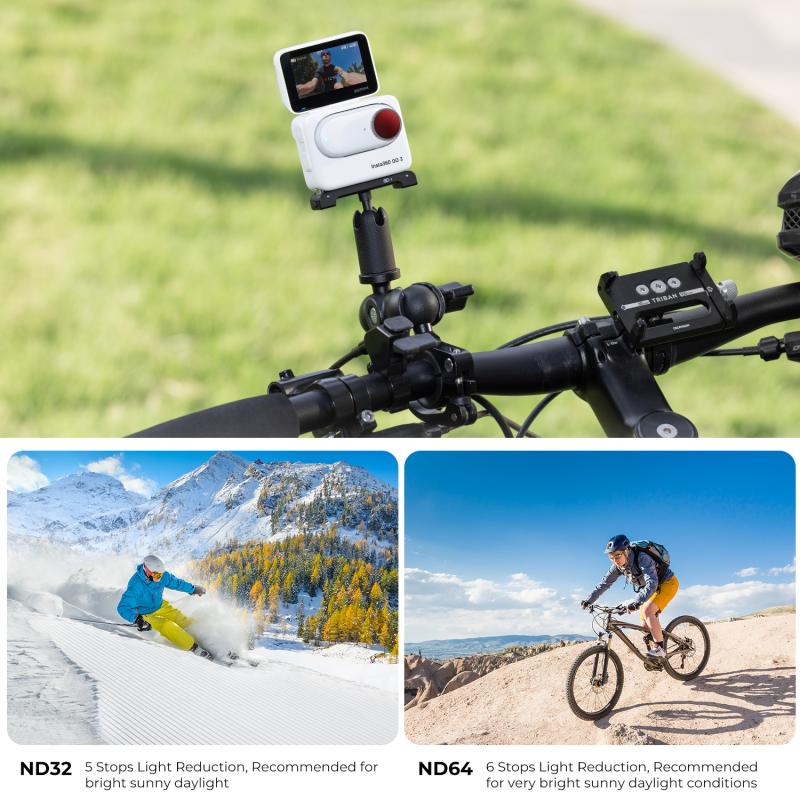
4、 Adjusting Polarising Filters for Desired Effect and Eliminating Glare
Polarising filters are a valuable tool for photographers and videographers to control light and eliminate glare in their images. Here's a guide on how to use polarising filters effectively to achieve the desired effect:
1. Understand the basics: Polarising filters work by blocking certain polarised light waves, reducing reflections and glare. They are particularly useful when shooting landscapes, water bodies, or any scene with reflective surfaces.
2. Mount the filter: Screw the polarising filter onto the front of your lens. Make sure it is securely attached and aligned properly.
3. Adjust the angle: Rotate the filter while looking through the viewfinder or LCD screen. The effect of the filter is most pronounced when shooting at a 90-degree angle from the light source. Experiment with different angles to achieve the desired effect.
4. Enhance colors and contrast: Polarising filters can deepen the blue of the sky, make clouds more prominent, and increase overall color saturation. Rotate the filter until you achieve the desired level of enhancement.
5. Eliminate glare: When shooting water or glass surfaces, polarising filters can eliminate unwanted reflections and glare. Rotate the filter until the glare is minimized or completely eliminated.
6. Be mindful of limitations: Polarising filters work best in outdoor settings with ample natural light. They may not be as effective in low-light situations or when shooting through windows.
7. Experiment and practice: Every scene is different, so take the time to experiment with different filter angles and settings to achieve the desired effect. Practice using polarising filters in various lighting conditions to become more proficient.
In recent years, there has been a growing trend towards using post-processing techniques to mimic the effects of polarising filters. While these techniques can be effective to some extent, they cannot fully replicate the benefits of using an actual polarising filter during the capture process. Therefore, it is still recommended to use polarising filters when possible to achieve the best results and reduce the need for excessive post-processing.









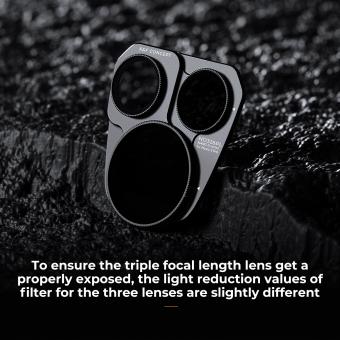






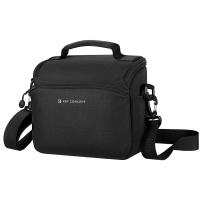
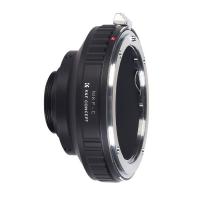

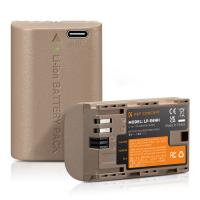





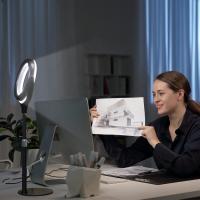
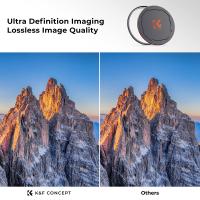


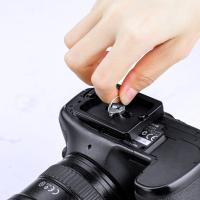
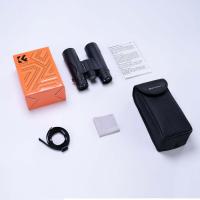

There are no comments for this blog.